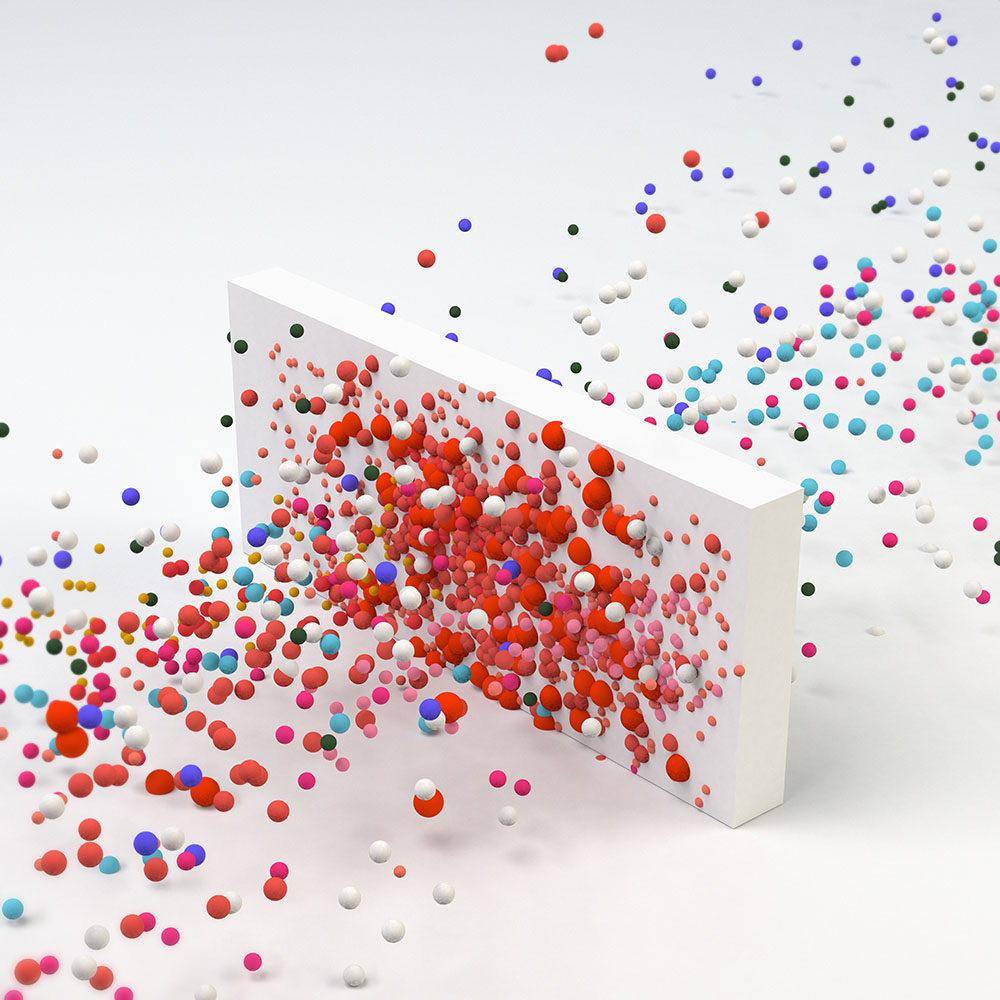the tunnel effect
Sometimes quantum particles can go through walls, as if an invisible tunnel opened up before them!
Imagine throwing an electron against a wall. If the wall is thick, the electron bounces back, which seems normal. But the electron is a quantum particle and also behaves like a wave. If the wall is very thin, the electron may be found on both sides of the wall, which means it can sometimes go through the wall.
This is called the tunnel effect, one of the main effects at the base of nanosciences.

In laboratory : Microscopes and the tunnel effect
Researchers have developed new microscopes that use the tunnel effect. Scientists draw an ultra thin metallic needle near the specimen to pull out electrons with the tunnel effect. Thanks to this we can locate the atoms, and we can even shift them from their position. This microscope is our most accurate instrument to observe and manipulate atoms of matter and their electrons. This way we have a better understanding of the physics of solids on a nanometre scale.

